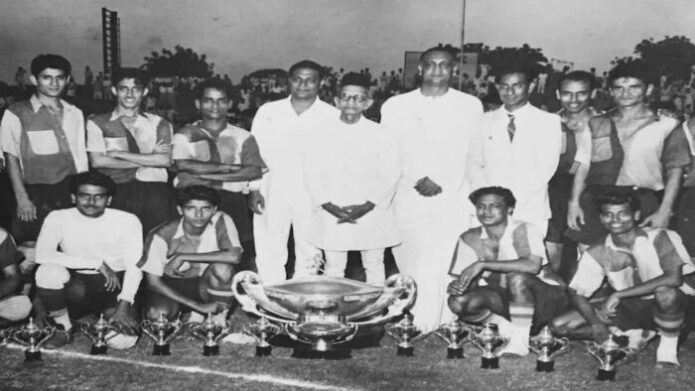The DCM Trophy stands for Delhi Cloth Mills Trophy. It was a football tournament in India that was held on an invitational basis. The Delhi Football Association organised the event, which was held every year in New Delhi.
Rise of DCM Trophy tournament
For the first couple of decades after independence, Indian football had little international exposure. The potential of the country was not compared to that of other countries. However, Bharat Ram and Charat Ram of the Delhi Cloth & General Mills textile conglomerate transformed the situation. They established the DCM football tournament, also known as the DCM Trophy, in 1945. The DCM Trophy was the first tournament in India to provide international exposure to the Indian teams.
The event had been held in a public park near the President’s Estate in Delhi since 1945. The tournament organisers received a lot of support and invited teams from across the border. The Delhi fields were graced by many teams, notably the Pakistani Pak Mughals. They often claimed to have returned home since they lived in Delhi before the partition, for the most part.
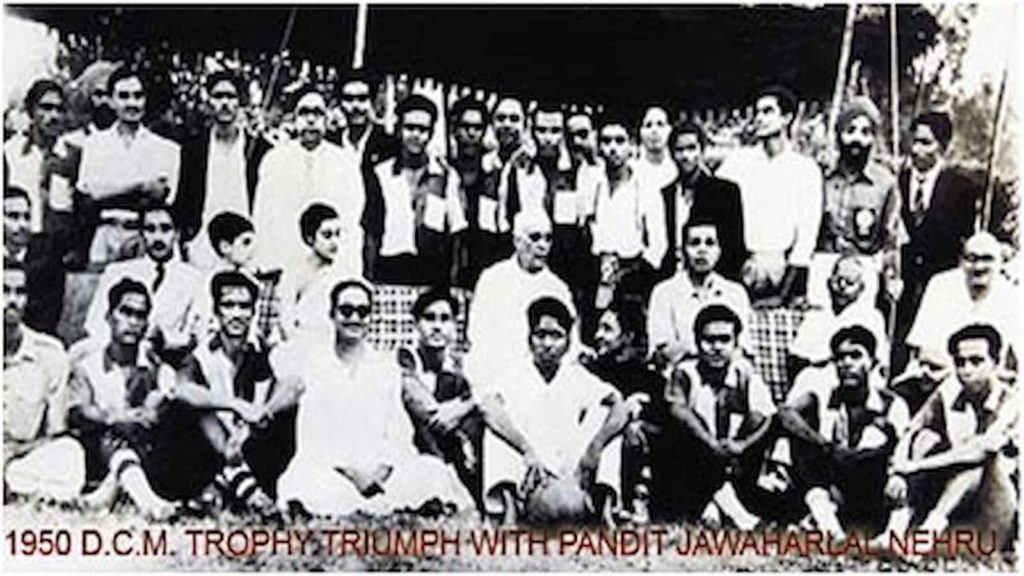
The first two tournaments were won by local teams from Delhi. In 1945, New Delhi Heroes FC (which was under the “British Raj” at the time) defeated the King’s Own Yorkshire Light Infantry to win the inaugural DCM trophy. From 1946–48, the tournament was not held. Since then, the Calcutta-based clubs ruled the 1950s and early 1960s of the tournament.
Also see: Rovers Cup-Everything you need to know about the tournament
Domination of Foreign Clubs
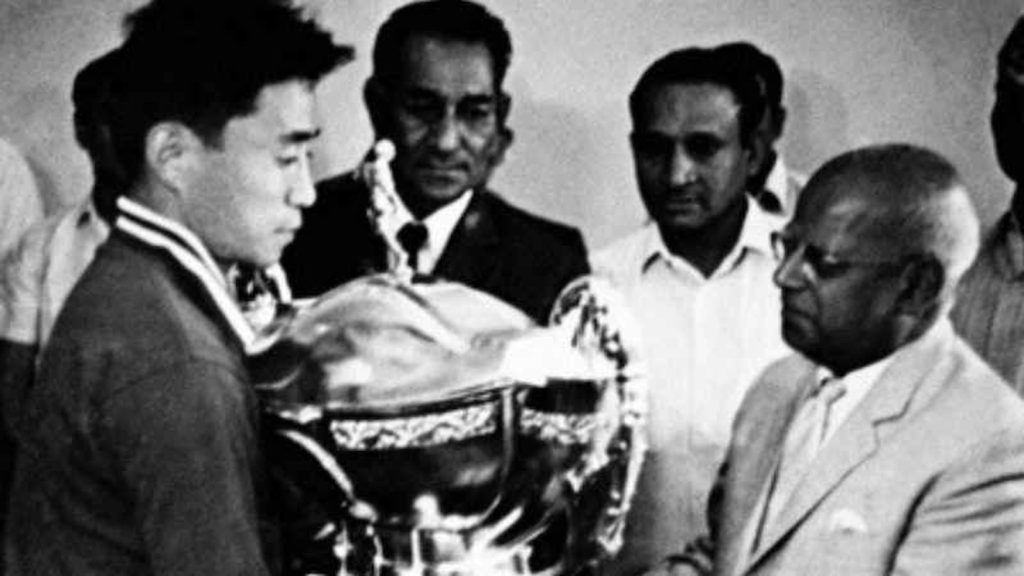
Although teams like East Bengal and Mohammedan Sporting dominated the competition till the mid-1960s, the caliber of teams was not too great. When teams like Taj Tehran came in, they saw a big improvement. Following 1968, the competition attracted some strong foreign teams. Ethiopian XI and Ceylon XI were among the teams that have arrived. Since 1968, four to five exuberant international teams were invited to participate in the football spectacle every year.
However, after a series of trial and error approaches dating back to 1970, the organisers decided that summoning the formidable European clubs was pointless. They were tactically and physically superior to their Indian rivals. The Indian teams had a difficult time adapting to the opponent’s physical style of play. At the same time, football fans in Delhi were exposed to a whole different type of game. After witnessing the impressive foreigners’ tactical and physical ability, Delhi’s followers were enthralled. It was entertaining and overpowering, allowing them to easily win matches. The Taj Club in Tehran was the best example. From 1969 through 1971, they won a hat-trick of championships.
The only two Indian teams to defeat a foreign team in the DCM Finals were East Bengal and Mohammedan. In 1973, East Bengal defeated Dok Ro Gang (North Korea), and in 1980, Mohammedan defeated the Bank of Seoul and Trust Company (South Korea).
As a result, in the early 1980s, the organisers shifted their focus from dominating opponents to Asian teams. South Korea, Iran, North Korea, Australia, and other Asian countries were the most common.
East Bengal’s Unforgettable DCM Trophy Triumph
East Bengal has won the trophy the most (7) times and, interestingly, has also finished the second seven times.
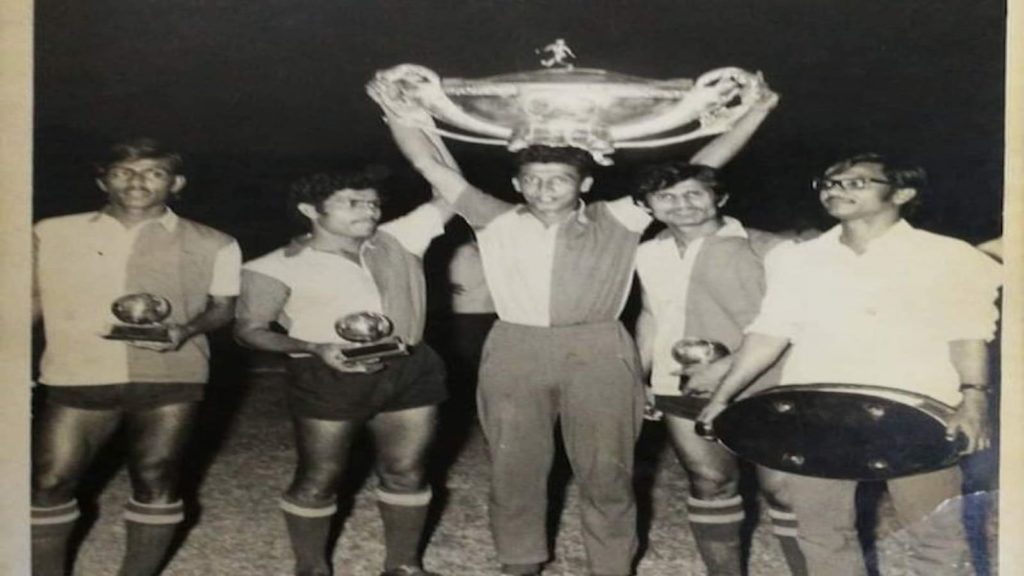
On October 29, 1973, East Bengal defeated the formidable Dok Ro Gang of North Korea in the DCM Trophy final. The final on Sunday, October 28th, and the replay the following day were both goalless draws. On October 29, however, Dok Ro Gang refused to play extra time, and East Bengal was proclaimed the winner. Later, the North Koreans protested this decision, indicating that they were willing to play but only if the players’ safety could be guaranteed (a Korean player was hurt during the match by a stone thrown from the crowd). But it was still a remarkable achievement for the East Bengal side. The all-Indian team played outstanding football against a team that had annihilated the other Indian clubs on their path to the final.
Dok Ro Gang’s Journey to the Final
In the early 1970s, North Korea was one of Asia’s greatest teams, with its club teams rated among the best on the continent. The North Korean club had six players who had represented their country in the 1966 World Cup.
This North Korean club that competed in the DCM competition in 1973 was incredible to watch. Many East Bengal players were overawed as they thrashed Leaders Club 7-0 in the quarterfinals, which included Inder Singh, Sri Kishen, and Gurkripal Singh. Even the Maidaan’s vivacious Bade Mian, Mohd. Habib said they couldn’t compete with the North Koreans. Many players, especially the phlegmatic Sudhir Karmakar and the hyperactive midfielder Gautam Sarkar, thought Dok Ro Gang was considerably superior to Pyongyang City Club of North Korea, whom East Bengal had defeated 3-1 in the IFA Shield final in September 1973.
Also see: List of All Major Domestic Football Tournaments and Leagues in India
Many onlookers and experts thought Dok Ro Gang was the best club team that had ever played in India after seeing them beat Leaders Club 7-0 on Sunday, October 21. With a devastating display of speed, strength, and crisp finishing, they led Leaders Club 6-0 at halftime in the quarterfinal. Leaders Club, one of India’s top teams at the time, was left chasing shadows in the first half. At halftime, R.K. Gupta, the DCM tournament’s assistant secretary, walked into the North Korean locker room and pleaded with them not to go all out in the second half and embarrass one of North India’s most popular clubs. As a result, they slowed down in the second half and only scored once.
East Bengal’s Strategy
In all of the newspapers, in Hindi, English, and regional languages, Dok Ro Gang were regarded as overwhelming favorites to win the DCM title in the previews leading up to the final. All East Bengal could do, it was thought, was minimize the losing margin.
P.K. Banerjee, on the other hand, had other ideas and ended up having the final laugh. Coach P.K. Banerjee employed novel motivational strategies to get the players pumped up in the two days leading up to the final. On the roof of the Duke Hotel in Daryagunj, where East Bengal was staying, he held tactical classes. If the players were afraid of a brawl, PK bought some bangles and ordered them to wear them. They became energised after hearing such verbal taunts, and he described his strategy of playing possession football in a 4-5-1 formation to keep the ball away from the North Koreans and annoy them. In the end, this strategy worked.
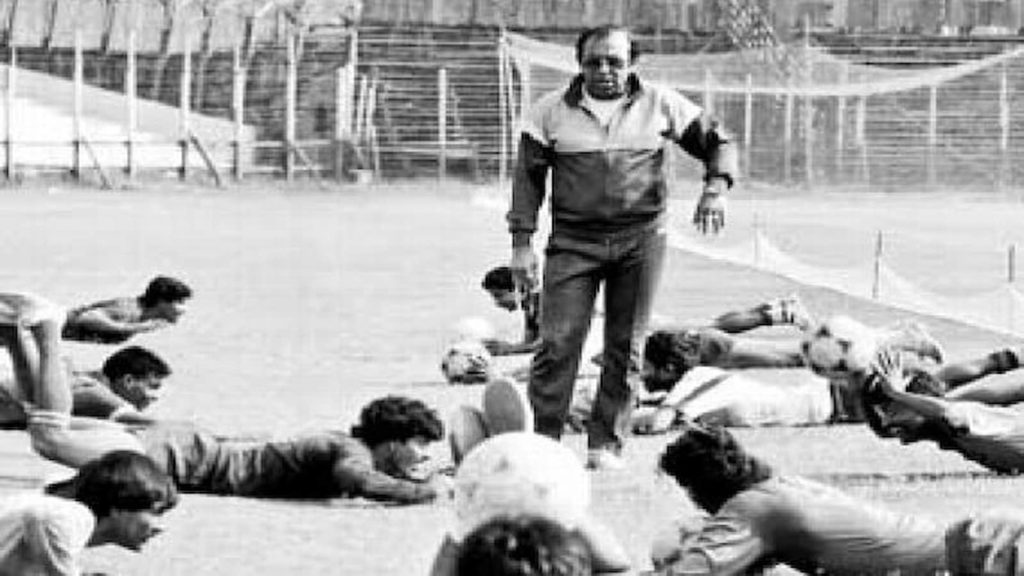
The East Bengal players were also fired up, as the entire Ambedkar stadium erupted in applause, including a big contingent of Punjab supporters known as the “L Club,” who had previously been hostile to all Calcutta-based teams. P.K. Banerjee was also responsible for this change of heart. He met Banarsi Das, the President of the L Club, and other Punjab supporters on several evenings. Over cocktails, he persuaded them that in the final, they should put their club allegiances aside and support the Indian club because it was a question of prestige.
The Day of the Final
In the final, East Bengal was a long shot. East Bengal outsmarted the North Koreans by employing a fluid 4-5-1 style, which was tutored by high-profile motivator P.K. Banerjee. East Bengal’s crowded midfield allowed them to control play with Mohd. Akbar is the lone front runner. Because East Bengal outmanned their opponents in midfield, the North Koreans were unable to mount counter-attacks, which were their strong suit.
East Bengal, in fact, had a better chance. In the 90th minute of the final, Bhowmick and Akbar played a smooth wall pass near the edge of the 18-yard box. This move split the Dok Ro Gang defence and allowed Akbar to strike. However, as the North Korean goalkeeper advanced, he skewed his shot wide.
The North Koreans were so taken aback by East Bengal’s performance in both finals that their embassy in Delhi recorded them and sent them back to Pyongyang for study and analysis. With six East Bengal players in their ranks, the North Koreans thought that India would be their most dangerous opponent in the 1974 Asian Games.
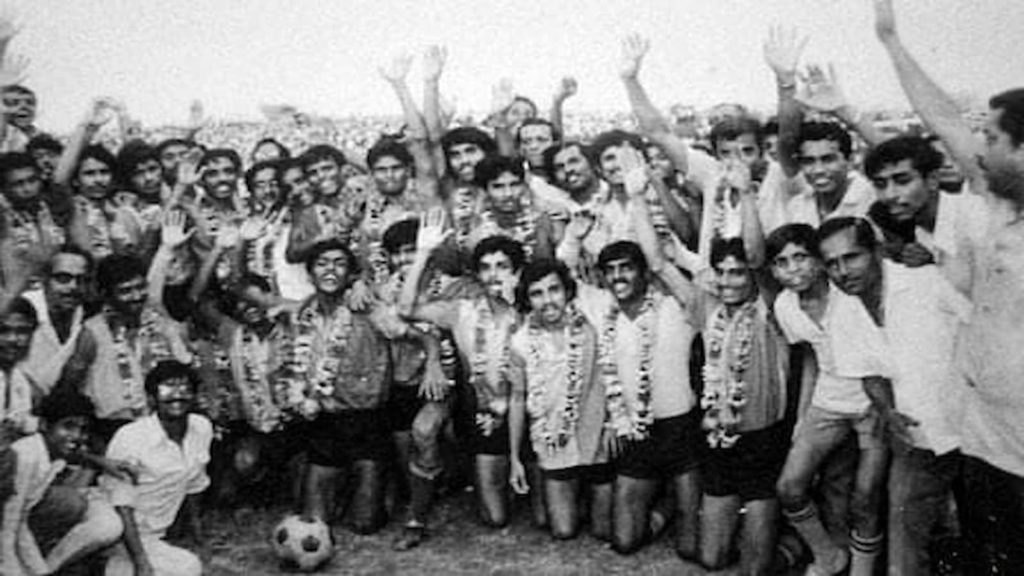
Downfall of the tournament
Due to bad management, the competition soon ran into financial difficulties in the late 1990s. The management team, as is customary in football, was incapable of handling the massive undertaking. The event was called off in 1997 due to a lack of funds. The tournament’s last winner was Mohun Bagan.
The DCM Trophy’s major goal was to expose Indian clubs to international football. However, the cost of inviting international teams and covering their expenses was significant. The event, like many others in Indian football, became unsustainable because of escalating costs of getting foreign sides and scheduling concerns. After 1997, the AIFF proposed that the DCM be made a biennial event, similar to the Nehru Cup. The tournament committee deemed the plan unworkable and decided to call the event off. After that, the DCM football tournament was no longer held since the firm was split up, and the new owners were more interested in supporting tennis and golf.

